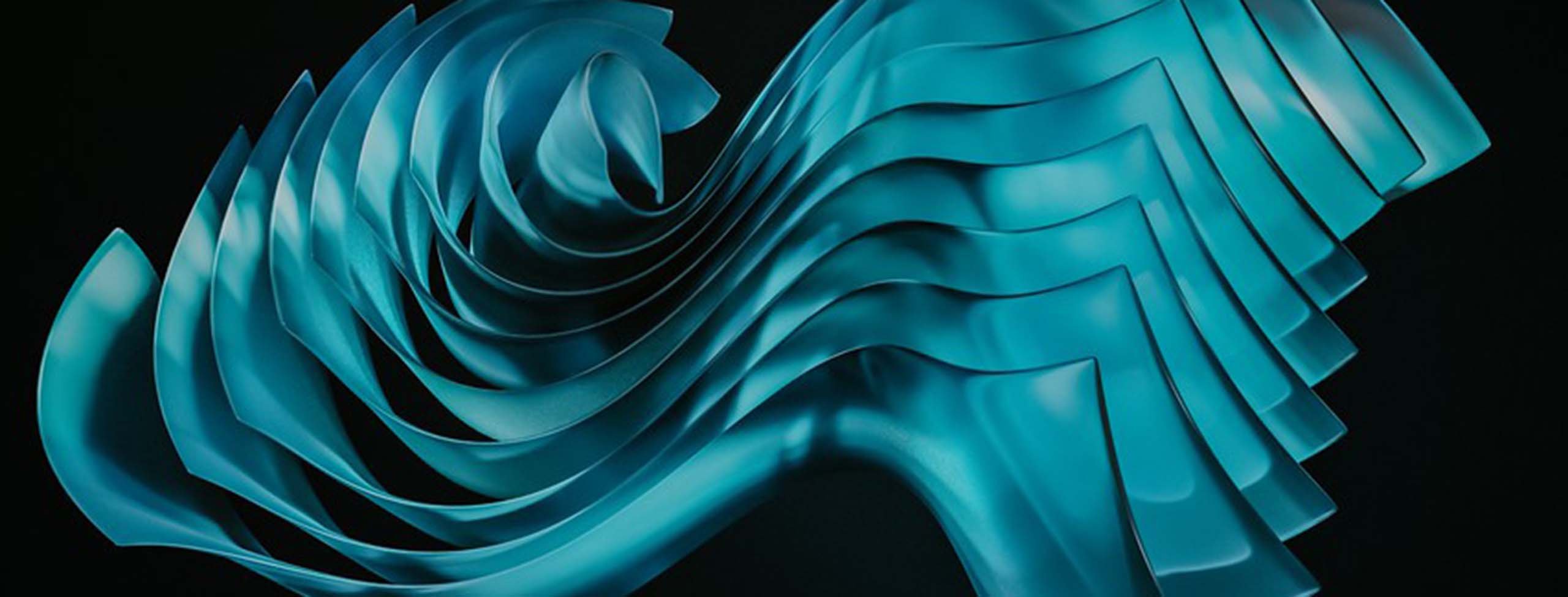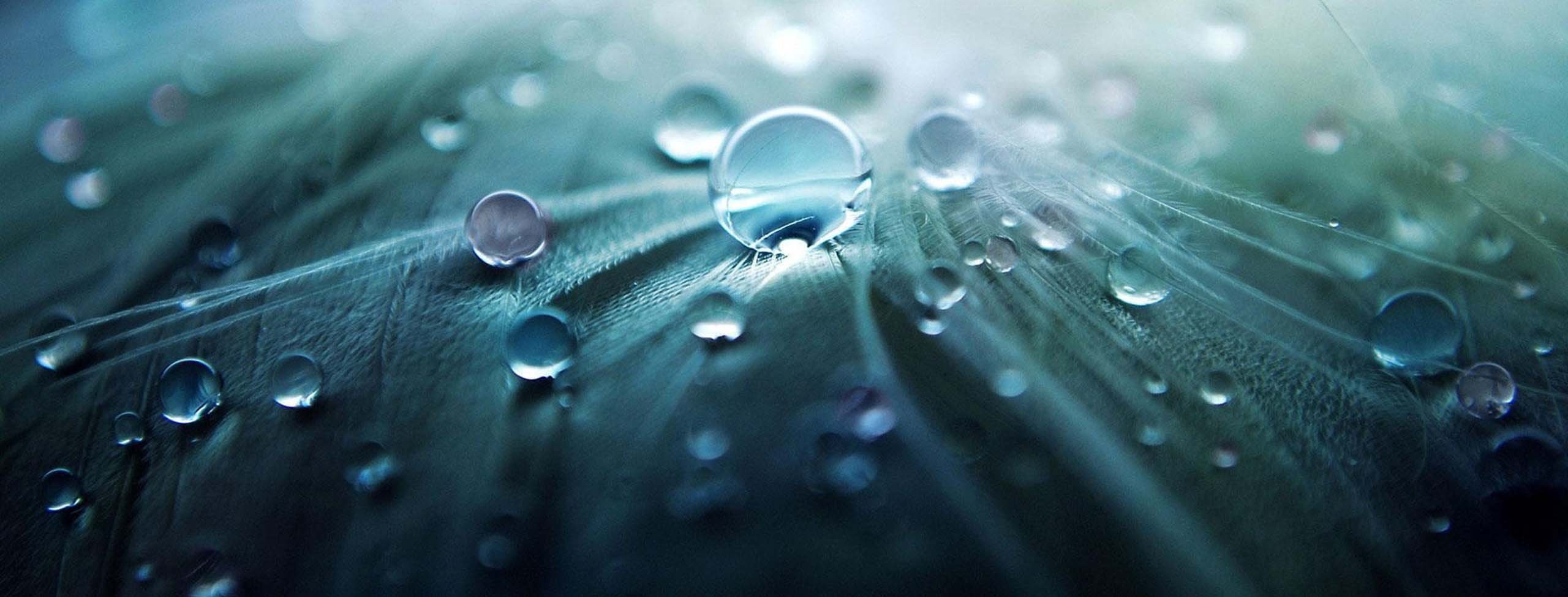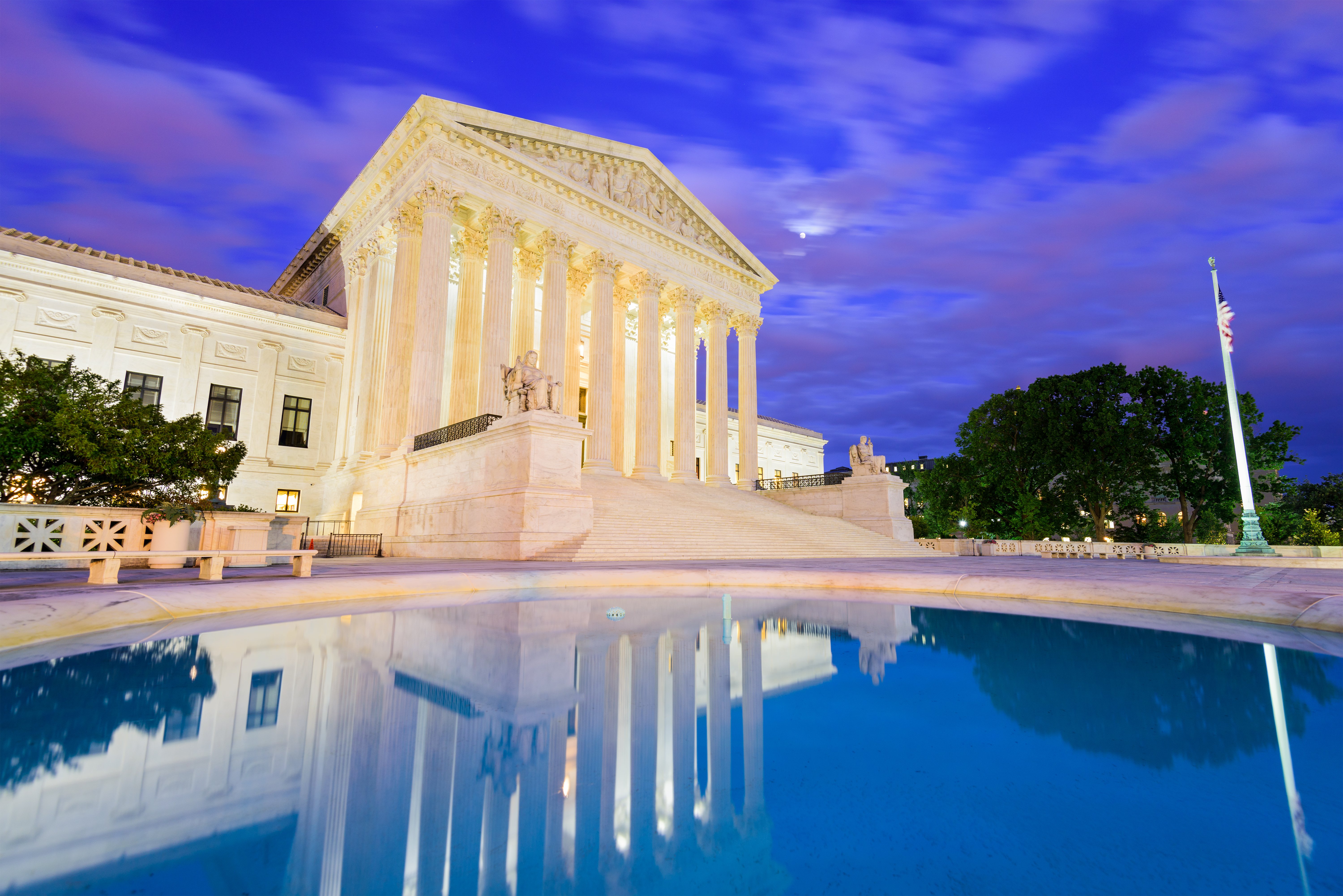
15 April 2024 • 6 minute read
Patent eligibility and nucleic acid sequences: RegenxBio is a departure from previous case law
35 U.S.C. § 101 (Section 101) defines which categories of inventions qualify for patent protection. In particular, patent protection may be sought for “any new and useful process, machine, manufacture, or composition of matter, or any new and useful improvement thereof, may obtain a patent therefor, subject to the conditions and requirements of this title.” See 35 U.S.C. § 101. The scope of Section 101 is intended to cover an expansive range of inventions. As the 1952 Patent Act Committee Report makes clear, patent eligible subject matter is meant to encompass “include anything under the sun that is made by man.”
Over time, three judicial exceptions to Section 101’s broad coverage have emerged: laws of nature, natural phenomena, and abstract ideas are ineligible for patent protection. To determine whether a patent’s claims cover one of these three exceptions, courts apply a two-step framework.
The first step of the eligibility test addresses whether the patent claims are “directed to” one of the three ineligible concepts. To be directed to ineligible subject matter, the claims must focus on the ineligible concept itself rather than on a technological process. If the claims are not directed to ineligible subject matter, then the claims are patent-eligible, and the analysis ends.
If the court finds that the claims do cover ineligible subject matter, the invention is not patentable unless the patent claims also contain an inventive concept. In the second step of the analysis, the court considers the elements of each patent claim, both individually and as an ordered combination, to determine whether the claims contain additional aspects that transform the nature of the claim into a patent-eligible application of an otherwise ineligible concept. These additional aspects must be sufficient to ensure that the patent in practice amounts to “significantly more” than a patent upon the ineligible concept itself.
The case law on eligible subject matter for biotechnology patents is rapidly evolving as accused infringers argue that the claims asserted against them cover patent-ineligible natural phenomena. In the recent Memorandum Opinion issued in RegenxBio Inc. v. Sarepta Therapeutics, Inc. the United States District Court for the District of Delaware found that claims drawn to host cells comprising certain adeno associated virus (AAV) sequences were patent-ineligible because they covered products of nature. See RegenxBio Inc. v. Sarepta Therapeutics, Inc., No. 20-1226-RGA (D. Del.).
The parties’ arguments and the court’s decision in RegenxBio
In RegenxBio Inc. v. Sarepta Therapeutics, Inc., the asserted claims of US patent number 10,526,617 (the ’617 patent) cover host cells containing a recombinant nucleic acid molecule encoding an AAV capsid protein and comprising AAV sequences encompassing AAV-rh10 and AAV-rh74, wherein the recombinant nucleic acid molecule further comprises a heterologous non-AAV sequence.
Defendants Sarepta Therapeutics, Inc. and Sarepta Therapeutics Three, LLC moved for summary judgment under Section 101. They argued, under step one of the court’s Section 101 analysis, that the claims of the ’617 patent are directed to naturally occurring AAV-rh.10 sequences, and, because such sequences are naturally occurring, they are not patentable.
The defendants noted that the ’617 patent’s specification described the identification of naturally occurring sequences as the inventors’ only contribution to the prior art. The defendants further argued that the claims failed under step two of the analysis as well because they lacked any additional aspects to transform them into a patent-eligible application of an otherwise ineligible concept. In particular, the cultured host cells, recombinant nucleic acid molecules, heterologous non-AAV sequences, functional rep genes, and plasmids covered by the ’617 patent were all well-known, routine, and conventional at the time of the invention, and the combination of these elements did not add an inventive concept that amounted to “significantly more” than the naturally occurring rh.10 AAV sequences themselves.
In their responsive brief, the plaintiffs argued that the first step of the two-step analysis required that the court determine whether the claimed subject matter was “markedly different” from a natural product. The plaintiffs further argued that the claimed cultured host cells are structurally and functionally different from naturally occurring sequences because they encompass a heterologous non-AAV sequence as well as the sequence of AAVrh.10. The plaintiffs’ brief did not address the second step of the two-step analysis.
The defendants argued in reply that the “markedly different” analysis led to the same result as the step one inquiry – that the AAVrh.10 sequences are not markedly different from sequences found in nature.
Considering the asserted claims in their entirety, the court noted that the ’617 patent claimed natural products, including the AAVrh.10 sequence and a heterologous non-AAV sequence. It further stated that, though such combinations of natural products are not “necessarily invalid,” the invention must be “different from the natural products [the claim] contain[s].” Without a change from the natural products, such as a new characteristic or ability, the claimed subject matter is ineligible.
Here, the court found no such change as it performed its step one analysis. Instead, the court characterized the claims as merely disclosing “[t]aking two sequences from two different organisms and putting them together,” which did not change any of the claimed invention’s naturally occurring components. The claimed sequences were merely isolated from the surrounding genetic material, and isolation on its own is insufficient to create patent-eligible subject matter. In short, the court found that the claims of the ’617 patents were directed to ineligible products of nature.
The court also found that the ’617 patent failed the step two analysis. In particular, the claims lacked an inventive concept that could transform them into patent-eligible subject matter. Neither the claims nor the specification disclosed anything other than the use of “well-understood, routine, and conventional steps” to generate the claimed AAV sequences.
Takeaways for practitioners
The RegenxBio opinion represents a departure from previous case law – for the first time, a court found claims to a combination of two known and naturally occurring elements, eg, the recombinant AAV sequence and a heterologous, non-AAV sequence, ineligible under Section 101. Though it remains to be seen whether this single opinion will be followed by other courts, it opens the door for similar rulings.
Defendants in patent infringement cases involving nucleic acid sequences might consider asserting an invalidity defense under Section 101 in the same way they assert defenses under 35 U.S.C. §§ 102, 103, and 112. Equally, patent owners should be prepared to face and overcome such defenses with increasing frequency.
Further, practitioners prosecuting patents should take note that adding a heterologous sequence to a claim that otherwise discloses known or naturally occurring sequences may not be enough to render the claim eligible under Section 101.
Learn more about the implications of the RegenxBio opinion by contacting either of the authors or your usual DLA Piper relationship lawyer.


